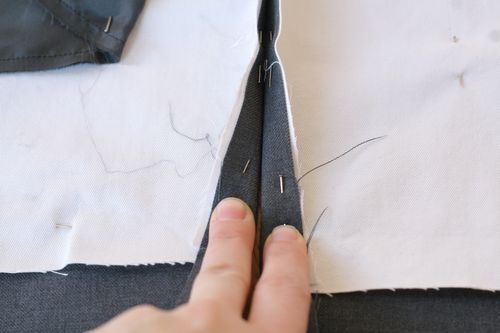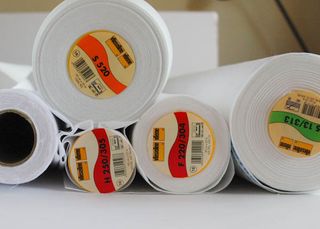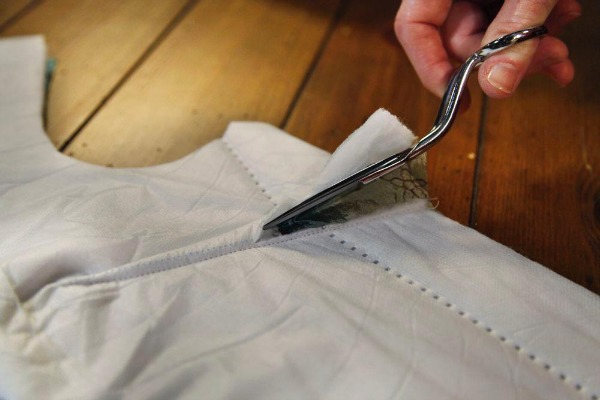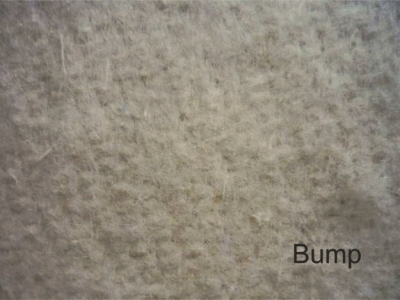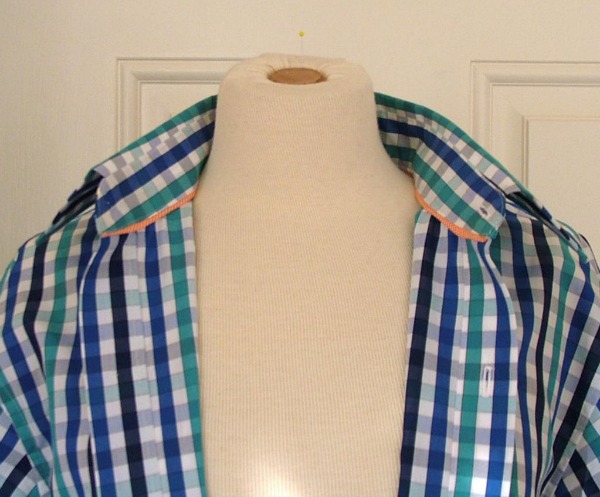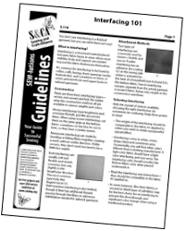Hotline: 0902 360 448 / 0909 535 348

News Events
Working With an Interlining
An interlining can come in handy for many reasons on nicer, higher end garments. It can effect opacity of the fashion fabric, add support to a light weight fabric, or - as in this case - add an extra layer of warmth. Heavy weight cotton (such as cotton sateen) is the most wind-resistant
Interfacing and Interlinings
At some point in any sewing journey we all have to get to grips with interlinings. It's just one of those things. Sometimes it's easy to work out what you need because the design you're following tells you exactly which interlining to use. Other times the design only sp
Making drapes - attaching the interlining
Interlining, sometimes referred to as underlining, is the technique of using an additional layer or layers of fabric behind your chosen fashion fabric to change its characteristics. Unlike interfacing, which is used in small areas such as collars, cuffs and facings to add support and strength, in
Interlining
Properties of Interlining In these days of energy efficiency you may not be aware of something that is primarily used to enhance window treatments but also adds to the insulating properties. Similar in feel to a flannel blanket, interlining is an extra layer of fabric, usually cotton, p
On the Inside: How to Use Interlining, Lining, Facing and Interfacing
Details like interlining, lining, facing and interfacing can be overlooked in the garment construction process, but they make a huge difference in your finished product. If you’ve ever been confused as to what to use when, or how to address a particular construction challenge, read on to learn
What’s the difference between interfacing, lining, interlining and underlining?
Building structure and support into a garment can be confusing and a recent query brought this to light. The question — What’s the difference between interfacing, lining, interlining and underlining? The answer: All of these terms refer to construction details that are usual



.jpg)

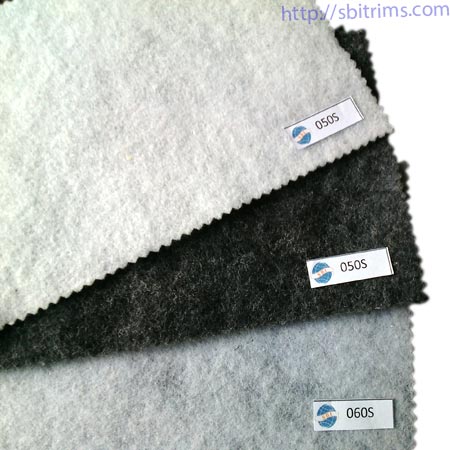

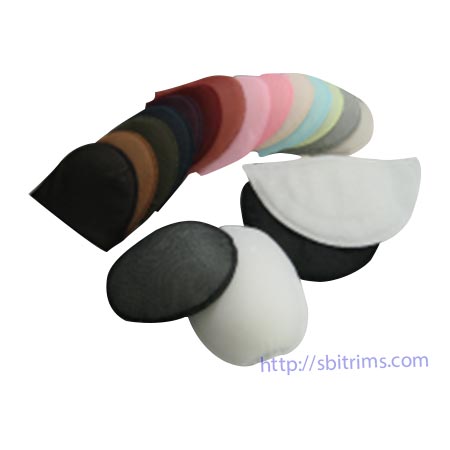

.jpg)

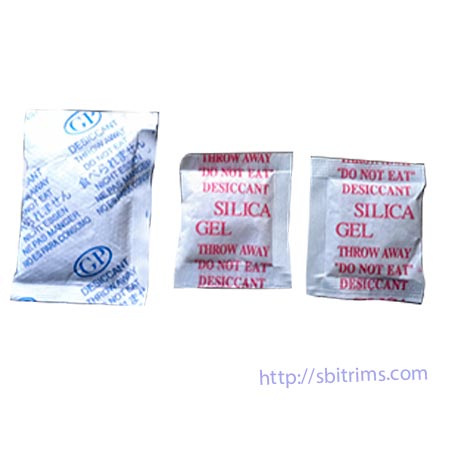
.jpg)
